-
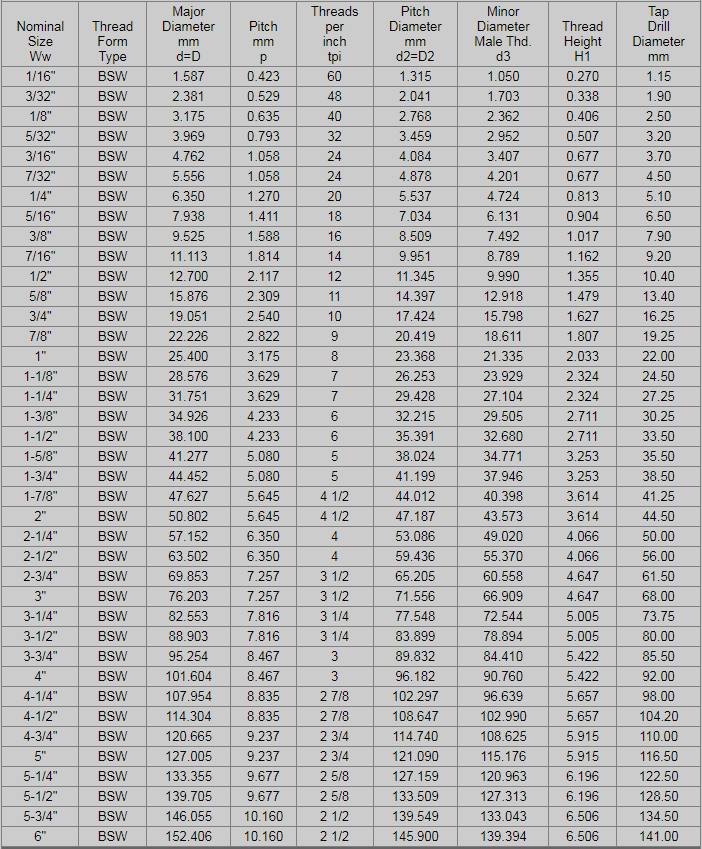 2024.2.22
2024.2.22In the British Threads Standards, BSW and BSF are important standards for screw threads. Understanding BSW and BSF threads, we are going to introduce their meaning, angle, uses, differences, and dimensions along with a BSW/BSF size chart. What Is BSW Thread (Full Form)? BSW (British Standard Whitworth) is a type of screw thread standard that was devised by Joseph Whitworth in 1841 and later adopted as a British standard. BSW thread dimensions are expressed in inches. BSW refers to a coarse thread, the thread pitch increases in defined steps as the diameter increases, and peaks are......
-
 2024.2.22
2024.2.22American thread is an important fastener thread standard, in this article, we’ll explore the US thread sizes and differences between British and American threads and also show you the chart of American thread dimensions. What Is American Thread? American thread refers to screw thread standards that are used in the United States, but there are various thread standards employed in the US. Sometimes, the American thread is used interchangeably with the Imperial thread. One of the most common American thread standards is the Unified Thread Standard (UTS), which includes two main speci......
-
 2024.1.26
2024.1.26SPCC (Steel Plate Cold Commercial) and SPHC (Steel Plate Hot Commercial) materials are both classifications of commercial quality steel used for forming operations involving bending and moderate drawing, often used in the manufacturing of parts and structural components. In this blog, we will explain the properties (chemical composition and specification) and equivalent grade of SPCC and SPHC steel materials and also break down the differences between them. What is SPHC Steel Material? SPHC stands for “Hot-Rolled Mild Steel Plate/Sheet,” which is carbon steel r......
-
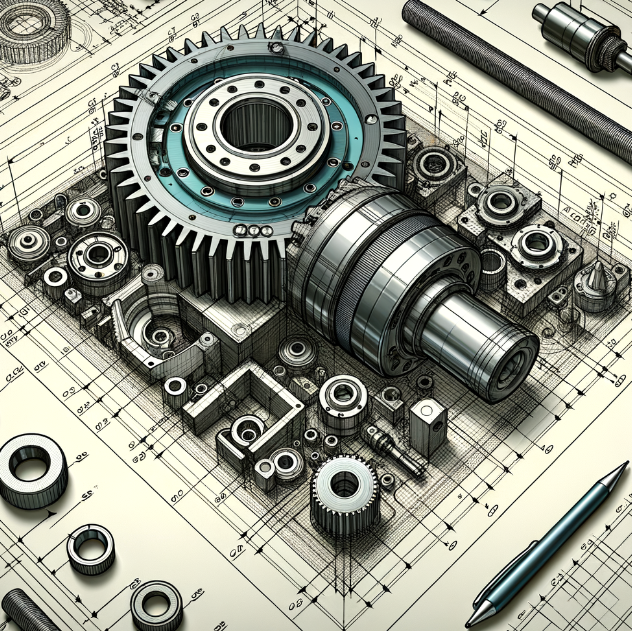 2024.1.24
2024.1.24The creation and use of tolerance in engineering is purposed to specify the boundary of qualified products, what is the definition of engineering tolerance? And what are the common types of tolerances used in engineering drawing? In this post, we are going to better understand the engineering tolerance. What Is Engineering Tolerance? Deviations around the target value often exist during the manufacturing of machined parts, based on the use of the product, tolerance is created to allow for reasonable variations. Engineering tolerance is a specified acceptable range of deviation ......
-
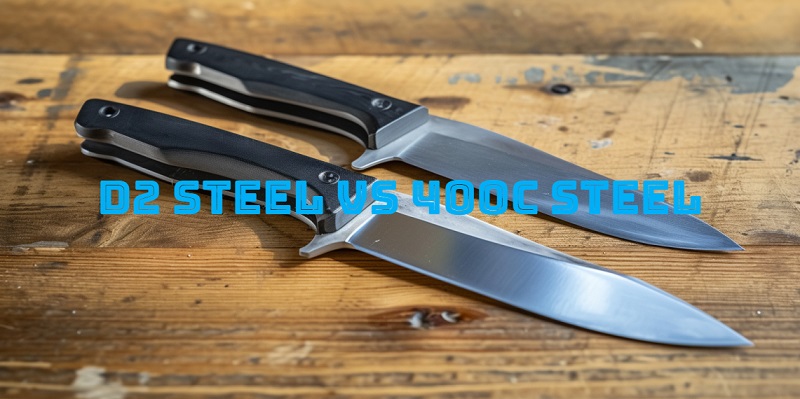 2024.1.21
2024.1.21When it comes to high-end tool steels used for cutlery, industrial tools, and knives, D2 and 440C steel are two of the most popular choices. Both have unique properties that make them suitable for different applications. Here’s a detailed comparison of D2 steel and 440C steel to help you understand their differences and select the right material for your needs. What is D2 Steel? D2 steel is an air-hardening, high-carbon, high-chromium tool steel. It has high wear and abrasion-resistant properties. It is sometimes referred to as semi-stainless, as it contains a significan......
-
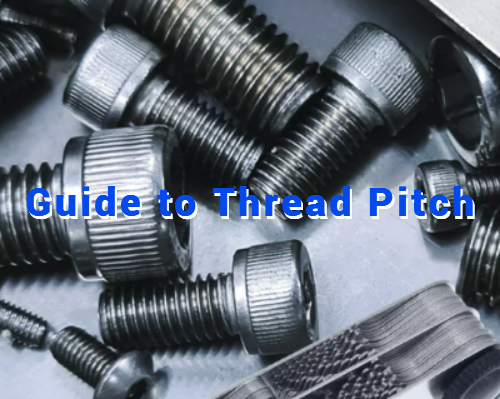 2024.1.11
2024.1.11When you are using a fastener, thread pitch is a frequently used term, and it determines whether two parts properly fit each other. In this post, we want to concentrate on thread pitch, covering its definition, types, reading, measurement, as well as metric and American thread pitch chart. What I......
-
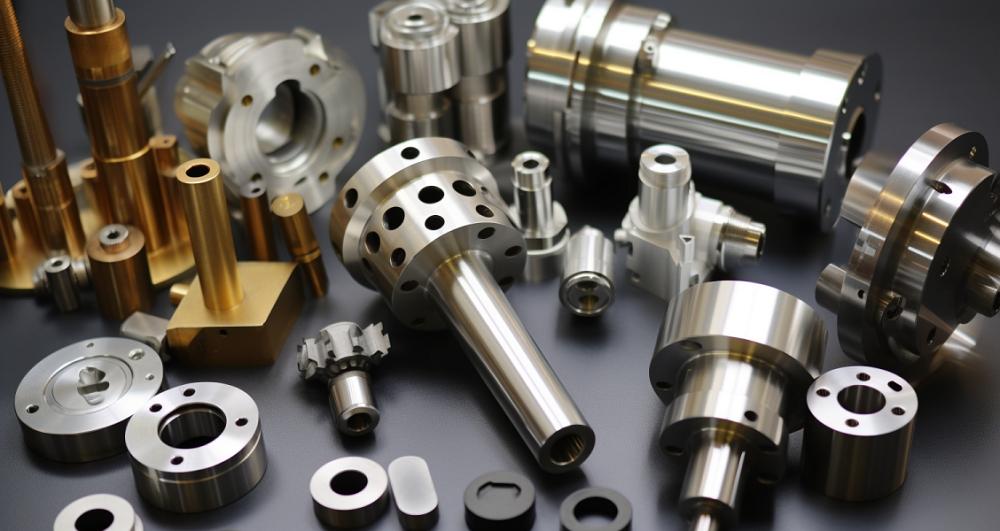 2023.12.28
2023.12.28Runout tolerance is a crucial concept in geometric tolerancing used for controlling the variation in rotating parts during their operation. It ensures that CNC parts will run smoothly without wobbling or vibrating, which is essential for the reliability and precision of mechanical systems. This guide will explain the concept of runout tolerance, differentiate between circular runout and total runout, and provide usage guidelines. What is Runout Tolerance? Runout tolerance is a type of geometric tolerance that limits the amount of variation or “wobble” in a rotating ......
-
 2023.12.28
2023.12.28The humble flat washer is an ubiquitous yet often overlooked metal component used in countless mechanical assemblies. While simple in design, flat washers serve important functions that enhance the performance and longevity of bolted joints. Properly selected and installed, washers can stabilize bolt heads, distribute clamping loads evenly, prevent damage to mated parts, and act as lock washers to counter loosening. This guide provides an overview of flat washers, including their key purposes, common materials and finishes, standard sizing specifications, the variety of types available,......
- Home
- Machining techniques
- CNC Machining Services
- Cooperative supply services
- Designs
- Materials
- Finishing Services
- Shop
- Products
- Guide
- About Us
- Contact Us

